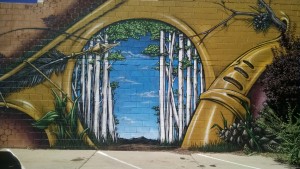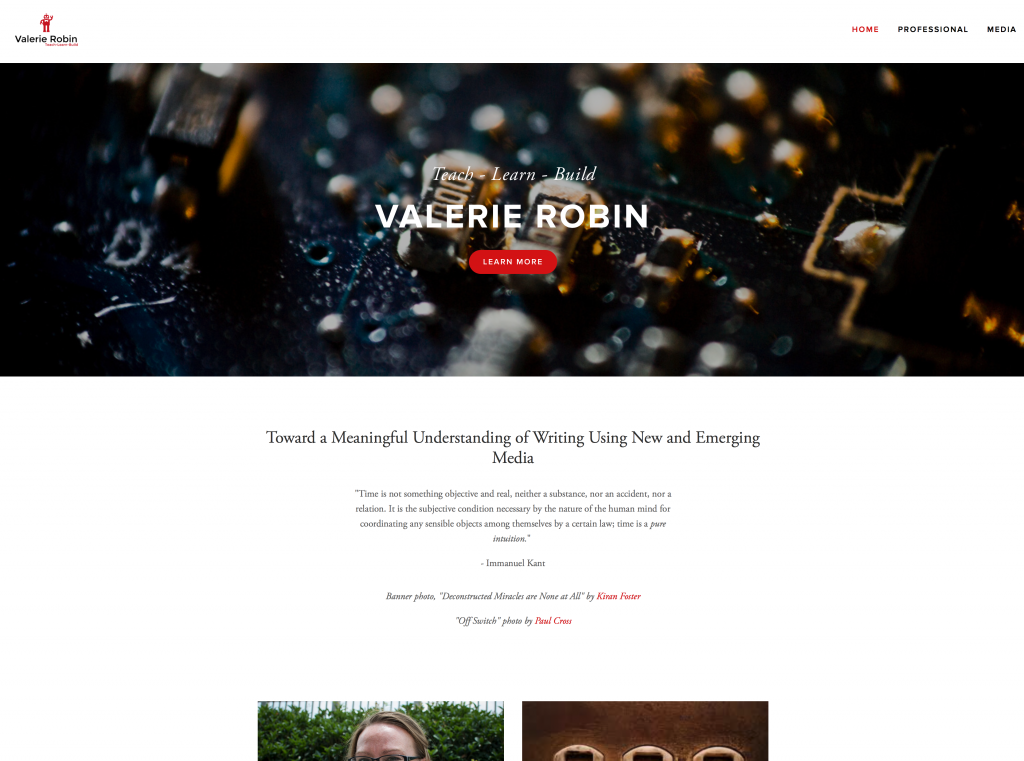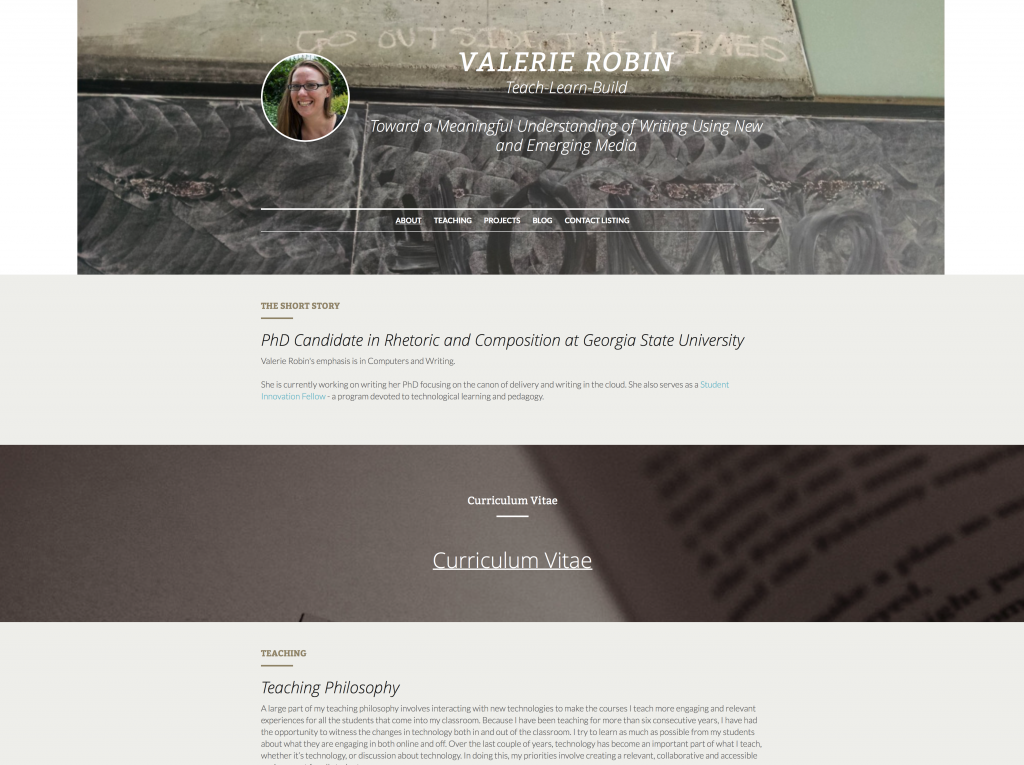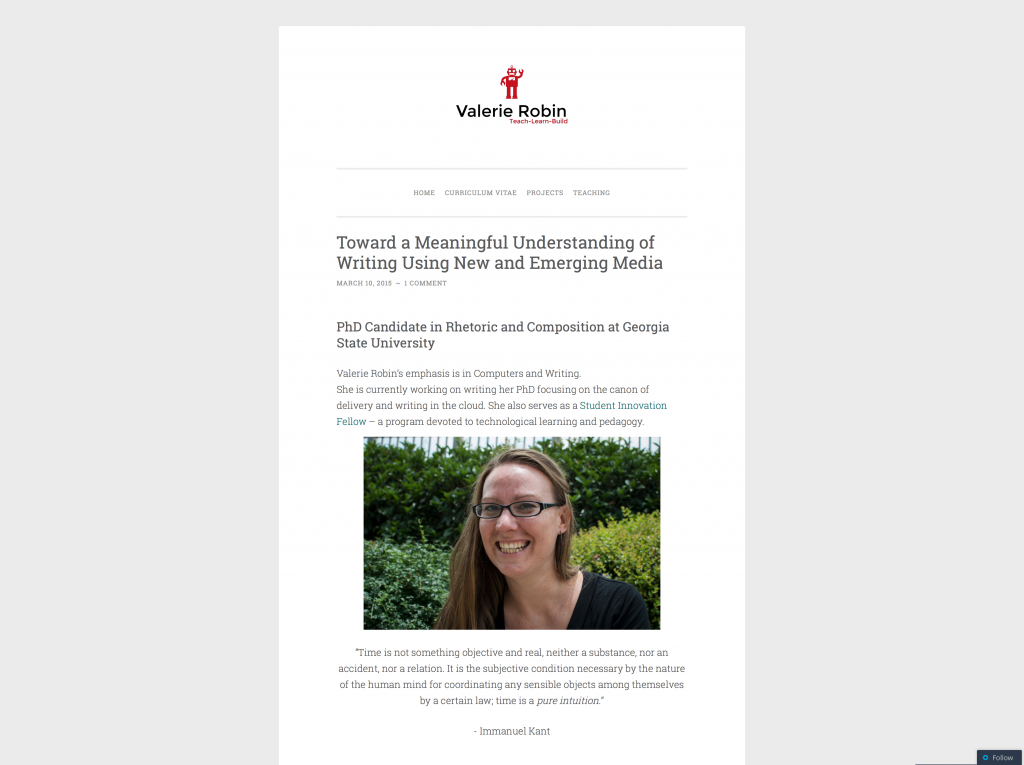Maybe you’ve heard the buzz, and maybe you haven’t:
Edge Magazine is coming to Georgia State University next Fall.
What is Edge Magazine?
Edge is an undergraduate project and research magazine/journal hybrid. It will be a fully online publication that encourages interesting multimedia presentations of excellent undergraduate work done in and out of class.
Why Edge?
You may have heard that GSU already has an undergraduate research journal called Discovery.
Discovery features only Honors student work and is a much more traditional approach to research that Edge intends to be. We hope to be a more interactive take on the undergraduate research journal.
Edge is not Discovery. Edge is its own entity – it’s own experiment. Edge is Edge.
What’s up with the name?
We chose the name Edge for several reasons:
- In an attempt to make sure we are, in fact, a little ‘edgy’ in terms of what a journal could be, Edge seemed like the logical choice for a name.
- We want to be on the cutting edge of what a research journal can be.
- Sometimes, when we come to the edge of something, a cliff, an idea, a sidewalk, it seems that nothing further can be done. We want to be that ‘further’. We want to do what research journals have not yet done. We want to go there. Over that edge.
Who is our audience?
Edge will be outward facing, so that anyone with an internet connection may experience it. It will not be kept behind a paywall. It will not be limited to GSU students’ eyes only. If you contribute to Edge, your parents, your friends, your uncle Jack in Sarasota will have access to your work.
This means our audience will be anyone who is interested in experiencing the amazing work that is coming out of Georgia State University today. These are people who are interested in knowing what is happening at GSU. They are people who are interested in experiment, innovation, and ideas.
What is the vision?
There is no link to Edge as I write this entry today. This is because we are still in vision mode. I have drawn up plans for the amount of labor we will eventually need, and plans for the editorial process.
We are in the stage where we get to build the ideal. And that ideal is currently to create a multimedia journal/magazine hybrid that is accessible and fun for the audience to read, while maintaining a cutting-edge format where authors may attempt to showcase their research and project work in ways that research journals haven’t ever before.
You might see multi-layered work with lots of hyperlinks and videos. Or you might see text with audio spliced in and an image or two. Or you may see something unexpected that I can’t envision enough to explain yet.
What’s next?
We are excited about the possibilities of this project and are attempting to set the groundwork for an exciting launch during the next school year. In the meantime, we need to construct an infrastructure capable of maintaining a website that is actually on the edge of content that comes from a research university and showcases the work that undergraduates are capable of.
At the moment, we’re cobbling together ideas from a bunch of brains that are as capable as they are brilliant, in order to launch the skeleton of a website which will be both malleable and fluid in its ability to be molded to fit the content we receive.
We are preparing with images, banners, video capability, lots of other great art, and some really wonderful content that will hopefully be interesting and surprising.

Here is one of the images I captured for the image archive to enhance content with provoking images.
As we come up with a logo, a basic site, and more solid visions, I will be updating you here, hopefully with more images. Stay tuned.




